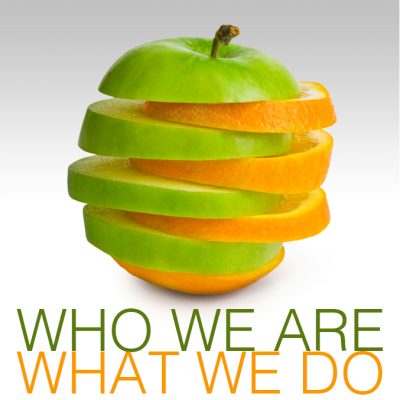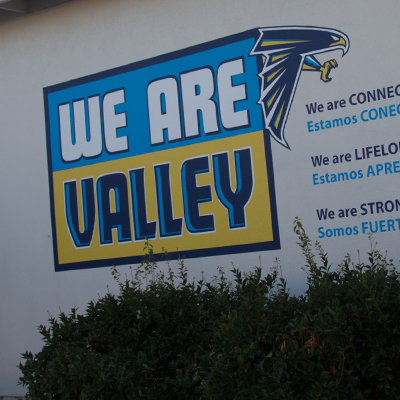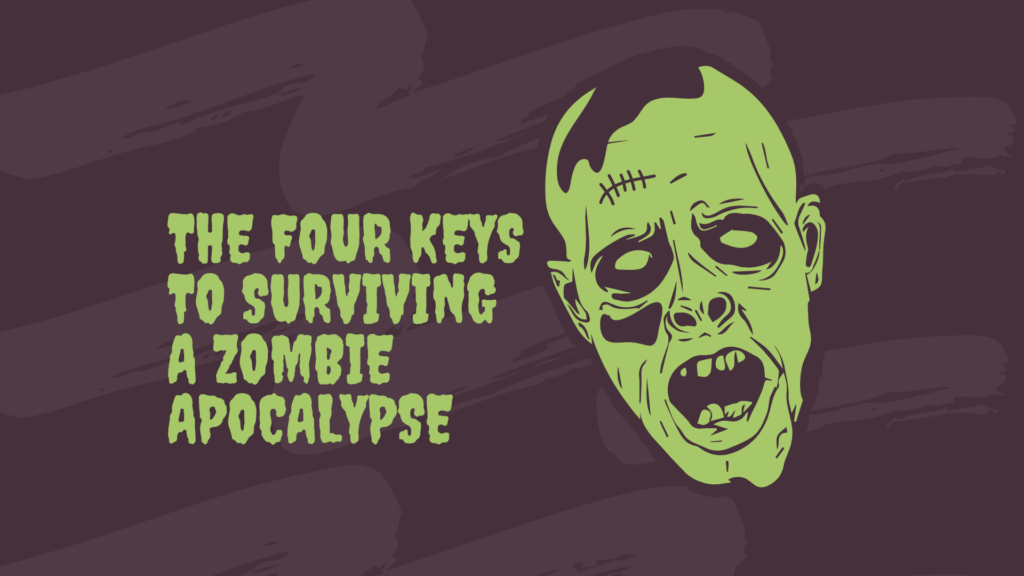Your School’s Identity is More Important Than You Think

Like it or not, the cultural identity of your school drives everything else you do. Who you truly are and what you believe about yourself at the core is defined by what you do. In an increasingly competitive climate, it’s more important than ever to clarify who you are and what you value.

Like it or not, the cultural identity of your school drives everything else you do. Who you truly are and what you believe about yourself at the core is defined by what you do. In an increasingly competitive climate, it’s more important than ever to clarify who you are and what you value. Howard Schultz, CEO of Starbucks, put it this way:
“The only competitive advantage we have is the culture and values of the company. Anyone can open up a coffee store. We have no technology, we have no patent. All we have is the relationship around the values of the company and what we bring to the customer every day. And we all have to own it.”
In the same way, schools that don’t establish a clear view of who they are and what matters most to them will have a difficult time serving the needs of their learning community. This is why, when we consult with schools, the first thing we often start with is identity.
At Inflexion, we’ve discovered that the more clearly a cultural identity is defined, the more seamlessly it is embedded into the everyday workings of a school. Learning communities that effectively prepare all students for life after high school have a clear sense of who they are at the foundation of all they do. Their shared vision, values, and beliefs inform all of the decisions they make toward readiness. Just as the foundation of a building supports everything above ground, a strong identity sets the tone for everything that comes after it. We love to watch schools go through the process of self discovery with their communities, and seeing the changes that follow is both gratifying and exciting for us.
So why did WE hire a consultant to redefine our identity when this is exactly the type of work we do?
There are many reasons an organization may look to hire an outside consultant rather than attempt to lead change on its own. The leadership may want:
- An objective, outside point of view to look closely at the organization or may need a specialized set of skills they don’t have in-house.
- A broader perspective on what other organizations have done in similar situations.
- A consultant to help build consensus and commitment to bring all stakeholders together to create a common language and shared vision.
For us, the answer was: all of the above. All of these reasons played into the decision to hire an external branding consultant to help us redefine our organizational identity. We had recently gone through a leadership transition and the departure of our founder and longtime CEO, and we knew we needed to all be on the same page as we moved forward. We understand that branding is so much more than a logo or using a consistent set of colors and fonts, so having an external consultant was instrumental to defining who we are and who we wanted to be. Our consultant took us on a journey that started with looking critically at how our different lines of work (school partnerships, research and evaluation, and alignment) connected and how we as an organization could have the most effective collective impact. He guided us through a process to shape a vision and narrative that led to clarity about how we work together. Our organizational culture and mindset has shifted from one of confusion to one of a clear understanding of what we are working together to accomplish. Our journey unfolded over nearly two years, culminating with the launch of a new company name and brand, clarified vision, and visible excitement of our staff to be part of our reimagined organization.
We encourage school leaders to go on similar journeys discovering clarity on how their students, staff, and families work together in order to fully prepare their students to be ready for the future. So, what important things does a school need to consider in order to look take a closer look at its identity?
Are you listening?
To discover what is important to your whole community, you need to truly listen to the people who matter most. For our own rebranding, our external consultant met with and heard from our current staff and leadership, former CEO, board members, and current and past clients in order to get a stronger sense of who we are and how we are perceived both internally and externally. As an objective outsider, he was able to separate himself from the work in a way that one of our own team members could not. Similarly, we work with school administrators to get input and hear the voices of all stakeholders including teachers, students, parents, community members, and school staff. By using surveys, focus groups, activities, and community forums, we help capture the priorities and values from variety of voices. Hearing from different stakeholders is critical to ensuring you’re getting the big picture, because a current student may perceive the school very differently than an alumni or teacher.

Valley High School: Redefining a School’s Culture Through an Awareness Campaign
Are you dreaming big enough?
It’s easy to be confined and limited by time, resources, and reality because that’s, well…reality. But we take a step back and ask stakeholders to think big for a moment through a series of creative exercises. This is the opportunity to hear from a variety of people in your school community about their hopes, dreams, and ideas for what makes your school unique. Some ideas may be seem impractical at the moment, but it’s helpful to understand their aspirations, because the ideas may become feasible down the road.

Mountainside High School: Building a Culture From the Ground Up
What drives you?
We distill the stakeholder conversations down to a set of core drivers, or as we call them, maxims that highlight the strengths and aspirations of the school. They should be concise and actionable, because every decision a school makes from hiring practices to behavioral procedures to program design and beyond can and should be informed by these maxims. Too many times we’ve seen schools set their own vision or outcomes only directed at the students, but we’ve found that when maxims are owned by everyone in the community, there is a higher probability of the vision catching hold. For example, imagine if one maxim was, “We celebrate our diverse cultures and perspectives.” If that becomes embedded into the school’s culture, how does that change how teachers and students engage in classroom discussions? How the students and custodians interact with each other? Or how a family member or volunteer would feel bringing their ideas to school leadership? Investing in a clearly articulated shared vision of what your community values is an important step to getting people on board and feeling connected. It’s hard to feel connected to a school if you don’t know what it stands for.
Are you walking the walk?
It’s one thing to put what your community values most down on paper as your maxims. It’s another to exemplify them in your school every period, every day. It works best if everyone in the school community, from a teacher to a custodian to a community volunteer to a student, embodies your maxims and has a feeling of being connected and belonging to the school. We recommend displaying visuals of the maxims widely, as a whole or in part, to familiarize your community with them and embed them into the school culture. Build them into daily curriculum to deepen their impact on your cultural identity.
Over the years, we have learned a lot about transforming cultural identity in schools. Walking through this process ourselves, with an outside consultant, has taught us even more. We have become even more passionate about helping schools align who they want to be with who they really are and watching the impact this makes on the lives of students.
TOOLKIT RESOURCES FOR DISCOVERING & DEFINING SCHOOL IDENTITY
Toolkit is Portico’s free public library of grab-and-go resources that help you to focus more time on transforming learning to be relevant for all. We add new items at least twice a month, so be sure to check back in periodically.
Click the links below to start saving yourself time and get stuff done.






Responses